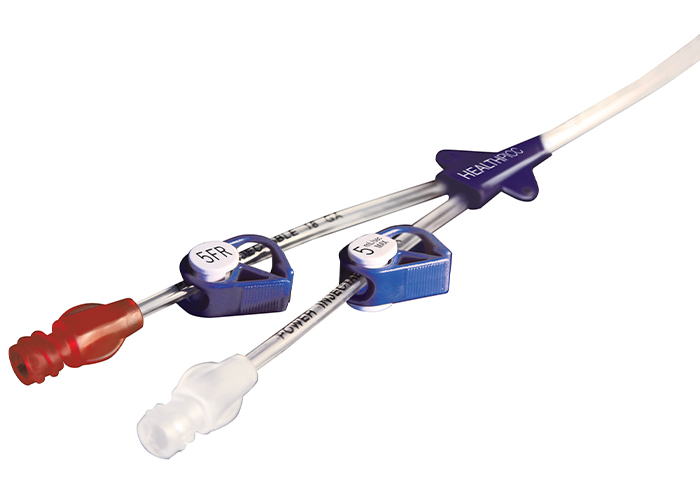

The “inpatients” subgroup included all PICCs monitored from insertion to removal in a health-care setting and the “outpatients” subgroup included all PICCs monitored in the outpatient setting. For each PICC, data were collected in a standardized questionnaire which was used throughout PICC follow-up. If PICC-related infection was suspected, insertion site swabbing and catheter tip culture (according to Brun-Buisson method) were required, along with blood cultures if clinically relevant (general infectious symptoms). In instances of premature PICC removal, data were collected regarding the circumstances warranting the removal. Data on PICC utilization concerned number of daily PICC accesses, frequency of dressings, type of antiseptic used for manipulating PICC lines, catheter flushing procedure and frequency of intravenous administration set change.Īn information note about PICC care rules was given to the patient at time of placement and standardized protocols of antisepsis and PICC care were available in healthcare units of our hospital (Fig. Information was obtained on patient outcome and occurrence of a catheter dysfunction or signs of infection. University Hospital of Montpellier recommendations for PICCs insertion and manipulationsĭata were collected by performing patient chart review and/or phone calls to healthcare professionals involved in the patient’s care or directly to the patient. We performed a prospective cohort study of 163 patients in both the inpatient and outpatient settings over the period of 7 months to better clarify the impact of placement setting and patient co-morbidities on the incidence and nature of PICC-associated complications. Moreover, the health-care setting could be a determinant factor in the occurrence of PICC-related complications. Several factors could explain these diverging results, such as patient populations (oncology, pediatric patients) and therapies infused (parenteral nutrition, antibiotics). showed that PICC-related BSI were as frequent as CVC-related BSI when infection rates were expressed by catheter-days.

Recent studies suggest that PICC-related BSI are less frequent than with other CVCs. catheter-days in outpatient setting are reported. catheter-days in hospitalized patients and 1. PICC-related bloodstream infections (BSI) rates of 2. PICC-related complications include infection, thrombosis and mechanical complications (i.e occlusion, accidental withdrawal), with global rates of 15.9%, 34% and 40.7% respectively. As an alternative to central venous catheters (CVCs), PICCs allow for administration of medications requiring central venous access. A tourniquet for venous dilatation will enhance opacification of the vessels.PICCs are widely used for patients requiring medium to long-term intravenous therapy in the inpatient and outpatient settings. This requires peripheral IV access in a distal superficial vein of the arm and injection of venous contrast to opacify the vessels during fluoroscopy. 9 Contrast venography of the upper extremity performed under fluoroscopy may be used to select the target vessels. 16 A tourniquet may be used to impede venous return and make the target veins more dilated. US use decreases the time needed for insertion, decreases PICC line manipulation, and decreases the need for ionizing radiation when compared to standard blind landmark or blind length techniques. US is often used prior to PICC line placement to determine the patency and size of the veins potentially being accessed ( Figure 62-1). 13-15 The veins may be accessed by palpation or some form of diagnostic imaging to guide vein selection. 9-12 Rarely, the axillary vein, scalp veins, superior vena cava (SVC), a transhepatic approach, or a translumbar approach may be used. The vessels most frequently used are the basilic, brachial, and cephalic veins proximal to the antecubital fossa to avoid occlusion or damage caused by elbow flexion.

The veins of the upper extremities are the typical sites for PICC lines to be placed ( Figures 61-3 and 61-4).


 0 kommentar(er)
0 kommentar(er)
